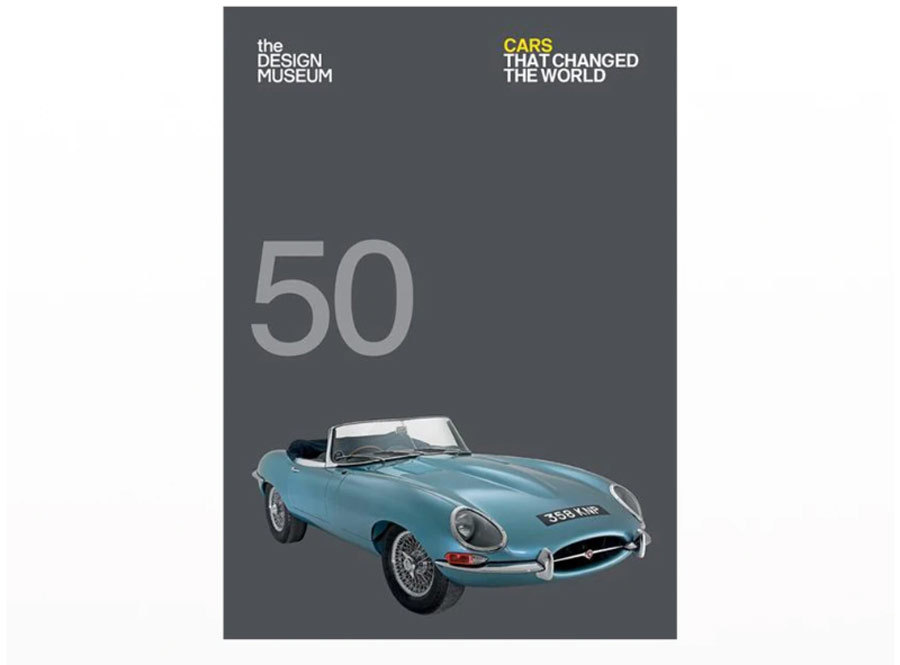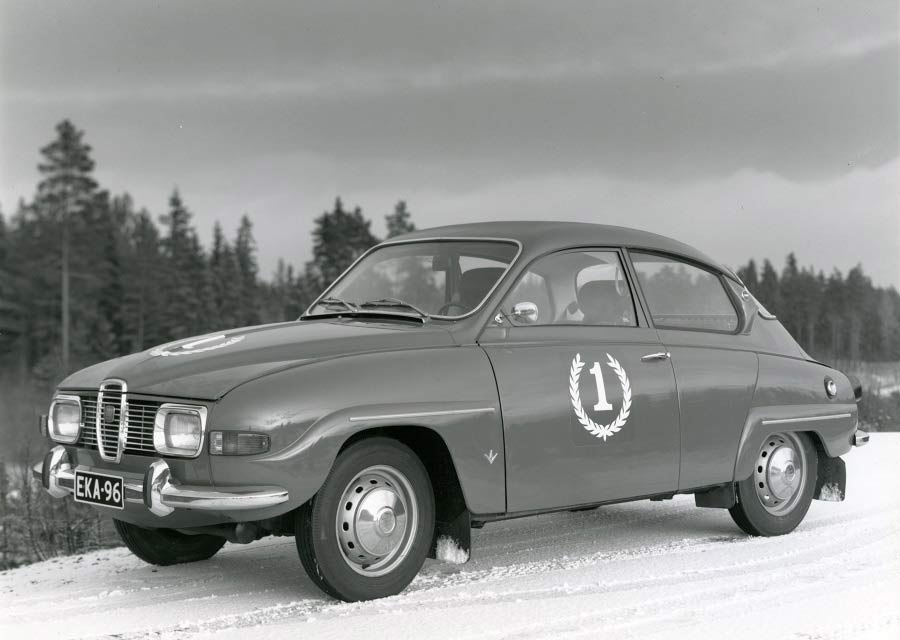The Design Museum‘s mission is to celebrate, entertain and inform about modern design. As they think, everything around us is designed, something more successfully designed, and something less successful.
Table of Contents [hide]
London’s Design Museum
The Design Museum, founded in 1989, highlights and celebrates these successful cases in design worlds. London’s Design Museum is the world’s leading museum devoted to contemporary design in every form from architecture via industrial design to Car Design.
The Design Museum is also involved in the publishing of books, prospectuses and other publications covering the subject of design. One of the series of publications is the “Fifty …” series, which contains about ten books dedicated to design, and each of them lists 50 successful design examples of human creations, from furniture and apparel design, to automobiles.
“Fifty Cars That Changed the World”
One of the books in the series is entitled “Fifty Cars That Changed the World” which focuses on on the modern era’s most important mode of transportation: the automobile. Fifty cars are listed in this book – the top 50 automobiles that have made a substantial impact in the world of British contemporary design.

Of course, you assume that there must be room for one Saab car in this publication. For each of the 50 cars presented, it is presented why they won the iconic status and why they occupy a special place in the history of design. A great little design book. Our recommendation is to Buy used on Amazon, you can get it for as little as $ 1, or for the maximum $ 17 that a new publication costs.
Some may be disappointed with this publication (we do not intentionally say the book): the paper is rough, the photos not terrible and the content sometimes uninteresting or even irrelevant, as if the authors had forced themselves to find “design icons” to reach the 50 announced.
It’s a quick read, but fulfills the brief well. We could all argue about whether the 50 cars mentioned are the right ones, and I’m sure I’d include a few different ones. Those who bought and read the publication most often criticized it for being “euro-centric“, that is, there are no American and, say, Japanese cars in the publication that have certainly contributed to and influenced the car’s design throughout history.
Still, we are interested in Saab car, as an design icon.
Saab 96
Here’s what Andrew Nahum, the author of the publication had to say about the Saab 96 and generally the impact of Saab cars on the design world. He works at the Science Museum in London as the principal curator of technology and engineering.

1960
Saab started out as a highly advanced but practical vehicle with independent front-wheel drive and front suspension. As Andrew points out, the design of the Saab 96 was great and based on the tradition of aircraft creation, but for the sake of lack of money for motorization a nevertheless strong two-stroke DKW engine was chosen.
He then points out the remarkable creator Sixten Sason (1912–67) who made a huge impact on the global auto industry thanks to his power of imagination. Nevertheless, his brilliant imagination and avant-gardism managed to “soften” by the rest of Saab’s factory designers, making Saab 96 part of the Jaray-inspired aerodynamic European streamline Modernism.
After many victories in rally racing around the world, Saab has proven the success of its design principles, and demonstrated its durability and safety that economical (economy) cars could also offer high quality.
In the end, two-stroke engines that consumed a mixture of oil and gasoline went down in history, and were replaced by more modern (at that time) 4-stroke engines borrowed from Ford.
This is where Andrew’s brief study of Saab cars, and especially the Model 96, ends.
A deep mark on the world of motoring
Certainly, Saab designers and engineers have had a major impact on the automotive industry, from aerodynamics, through unique technical solutions, to safety standards. Although listed as “one in fifty” in the book, the Saab 96 may not be one of Fifty Cars That Changed the World, but the Saab brand with all its specifics has left a deep mark on the world of motoring.












Es una belleza de auto